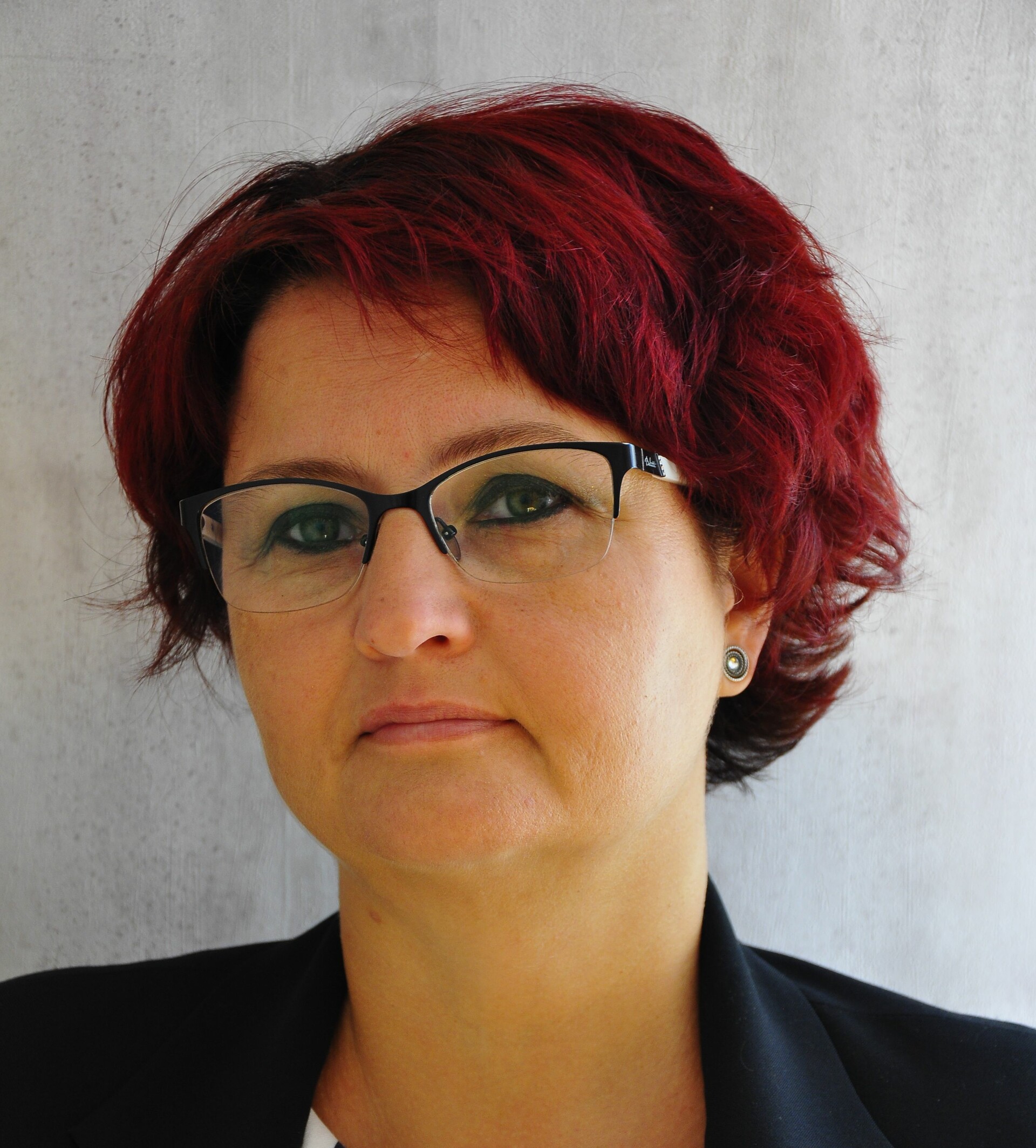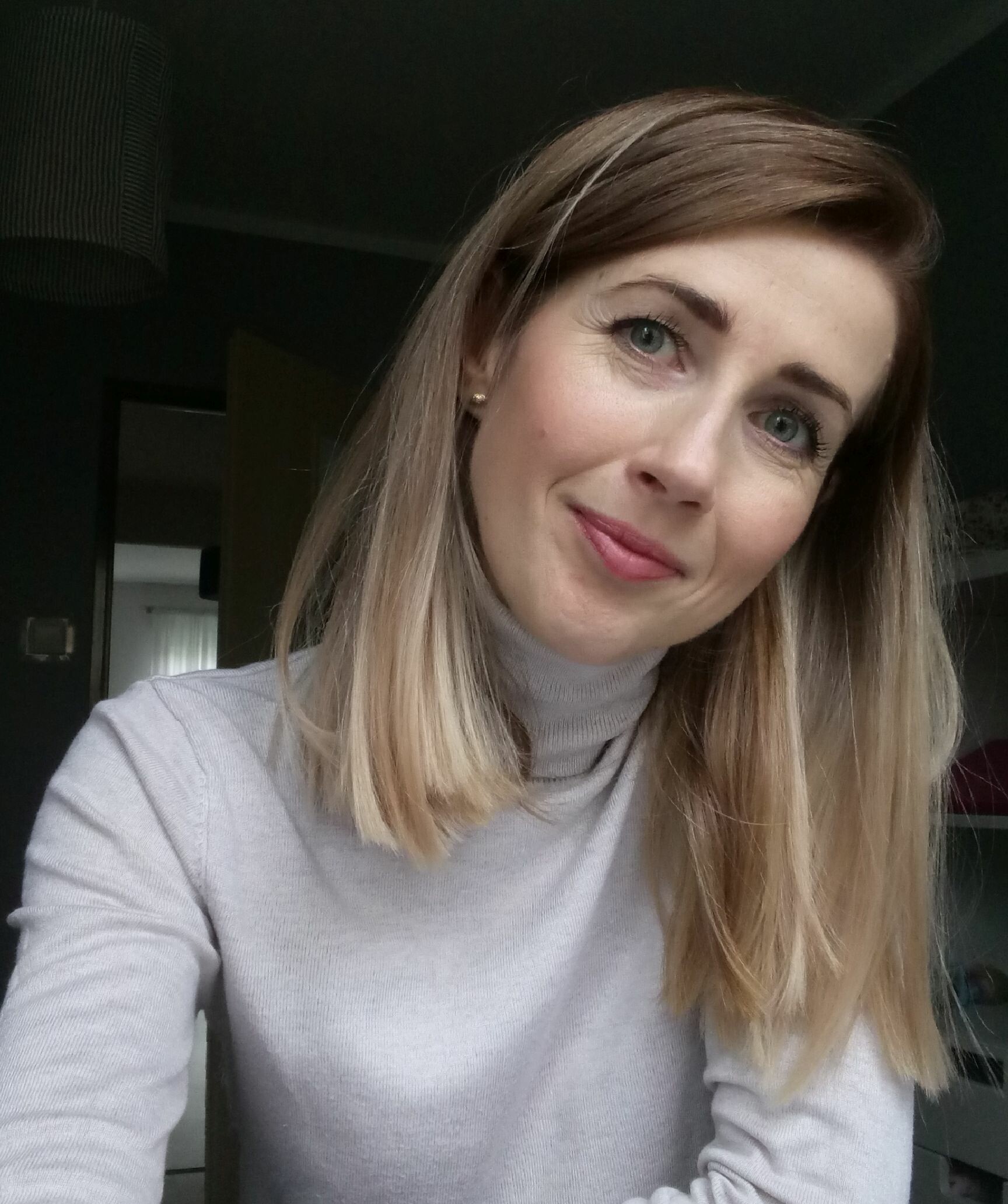
INSTITUTE OF ENVIRONMENTAL ENGINEERING OF THE UNIVERSITY OF ZIELONA GÓRA
● More than 45 years of research, implementation, and teaching experience.
● Experienced and exceptionally friendly scientific staff, including largely practicing designers.
● Top-level research laboratories.
● Research and implementation projects funded by the EU and the National Center for Research and Development.
● Extensive industry connections in the fields of Environmental Engineering, Energy, and Plumbing.
 |
The Head of the Institute dr. hab. inż. Sylwia Myszograj, prof. UZ |
 |
Deputy Head of Education dr. inż. Ewelina Płuciennik-Koropczuk |
Secretary's Office
| Dorota GAJAK, M.Sc. | Jolanta MAZGAJCZYK |
|
Administrative Specialist e-mail:D.Gajak@wzs.uz.zgora.pl |
Administrative Specialist e-mail:J.Mazgajczyk@wbais.uz.zgora.pl
|
Address
University of Zielona Góra
Institute of Environmental Engineering
prof. Z. Szafrana St.15
65-516 Zielona Góra
NIP: 973-07-13-421
REGON: 977924147
e-mail: sekretariat@iis.uz.zgora.pl
HISTORY OF THE INSTITUTE OF ENVIRONMENTAL ENGINEERING
| The beginning of the activities of the Institute of Environmental Engineering dates back to 1975 and is associated with the commencement of Professor Stanislaw T. Kolaczkowski's work at the College of Engineering in Zielona Gora (photo 1). On October 2, 1975, at the inauguration of the 1975/76 academic year, the Professor delivered a lecture entitled "The Tasks of Environmental Engineering," in which he justified the need and purpose of establishing a course of study in environmental engineering at the School of Engineering.A team consisting of Prof. S. Kolaczkowski, M. Graczyk, M.Sc., Z. Lewicki, M.Sc., and M. Przetocki, M.Sc., was soon established to organize the course of environmental engineering within the Civil Engineering Department. |
Photo 1. Prof. Stanisław Kołaczkowski - the creator of Environmental Engineering at College of Engineering in Zielona Góra |
| The first organizational unit was the Department of Water Supply and Sewage and Waste Disposal, in which, in addition to Prof. S. Kolaczkowski, the following people worked: associate professor W. Dobrowolski, two PhDs: M. Gąsiorek and I. Wróbel, and seven M.Sc. engineers: G. Chudzio, M. Graczyk, Z. Kurowski, R. Leśmian-Kordas, Z. Lewicki, S. Lis and M. Przetocki (as of December 31, 1976). | |
| In 1977, after two years of preparation, the Minister of Science, Higher Education and Technology approved the launch of an environmental engineering major. In the first year of its existence, the faculty already had a strong staff consisting of Prof. S. Kołaczkowski, Associate Professor S. Gogolewski, Associate Professor Kuźniar, Associate Professor K. Appelt, Dr. J. Bernasinski, Dr. M. Graczyk (first doctorate 30.06.1978), Dr. J. Kolasa, Dr. M. Gąsiorek and Dr. I. Wróbel. By the end of 1980, he had enriched himself with more professors (A. Solski, J. Kuczynski), associate professors (H. Greinert, S. Orlewicz - 1/2 time) and doctors (M. Drab, A. Jędrczak and A. Nowak). Under the amended Higher Education Act, the university was reorganized in the 1981/1982 academic year, resulting in a return to departmental structures. Three faculties were then established: Electrical Engineering, Mechanical Engineering and Construction and Sanitary Engineering, within which the Institute of Sanitary Engineering was established (1.10.1982). The years 1977-1982 were a period of dynamic development of the Institute's scientific staff. The number of employees increased from 13 to 30 during this period, and three assistants defended their doctoral thesis (M. Graczyk, A. Nowak and Z. Lewicki). In addition, employees from other centers of recognized scientific standing were employed at the institute on a 1/2-time basis, including Associate Professor Zb. Siwon and Drs: H. Pełka, A. Jaskowiak and S. Boczarski. At the end of 1982, the Institute had 2 professors, 2 associate professors, 12 assistant professors and 14 assistants (including one senior lecturer). The economic crisis of 1983-1988, the temporary demographic decline and the decrease in interest in studies caused a drastic drop in the number of students. The size of the teaching staff also declined (20 teaching staff at the end of 1988). However, this difficult period did not inhibit scientific development. In 1980-1988, doctoral dissertations were successfully completed by five assistants (W. Barilkowski, Zb. Hrynkiewicz, U. Kolodziejczyk, T. Nowak and J. Stanislawski), and one person was habilitated (M. Graczyk). In the period from 01.10.1983 to 30.09.1986, the scientific staff of the Institute was strengthened by Prof. A. Kowal (1/2 time) and Prof. Edward S. Kempa (from 01.02.1986) from the Wroclaw University of Technology. The 1990s were marked by a renewed increase in the number of employees. In 1990-1999, one person was habilitated (A. Jędrczak) and one received the title of professor (H. Greinert), and doctoral theses were successfully completed by another 6 people (A. Greinert, B. Jachimko, M. Mąkowski, B. Najbar, Z. Sadecka, M. Stanislawska). In 2000, 41 people worked at the Institute, including 3 professors, 6 habilitated doctors, 13 assistant professors and 19 assistants. The years 2000-2004 were particularly favorable for the development of the Institute. During this period, one person was awarded the title of professor (T. Kuczynski), 6 people were habilitated (M. Drab, A. Greinert, W. Halicki, U. Kolodziejczyk, Z. Lipnicki, Z. Sadecka), and the degree of doctor of technical sciences was awarded to 6 people (S. Myszograj, I. Novogonski, E. Ogiolda, K. Przybyla, O. Swobodzian-Ksenicz and M. Jasiewicz). The last 10 years have been a period of intensive development of the Institute. In 2001-2005, one person was awarded the title of professor (T. Kuczynski), 5 people were habilitated (M. Drab, A. Greinert, U. Kolodziejczyk, M. Piontek and Z. Sadecka), and doctoral dissertations were successfully completed by 10 people (M. Hudak, M. Jasiewicz, S. Myszograj, M. Nadolna, I. Nowogonski, E. Ogiolda, K. Przybyla and O. Slobodzian-Ksenicz, S. Węclewski and P. Ziembicki). The dynamic, at that time, development of the staff in the group of postdoctoral fellows, enabled the Department to obtain, in June 2004, the authority to confer a doctoral degree in the discipline of environmental engineering. Twenty doctoral dissertations have been initiated to date under this authority. Eleven people have completed the dissertation, obtaining the title of doctor of technical sciences, including eight employees of the institute (first defense - Sebastian Węclewski, PhD; 20.12.2005) and three people not employed at the Institute. In 2006-2011, one employee was awarded the title of professor (A. Jędrczak), one was habilitated (B. Najbar), and seven successfully completed doctoral dissertations (I. Krupińska, B. Walczak, M. Suchowska-Kisielewicz, D. Królik, A. Asani, A. Jakubaszek and E. Płuciennik-Koropczuk). In 2007, the first defense of the doctoral dissertation of a person from outside the Institute took place (J. Marcinonis-Nietrzeba, Ph.D., in the discipline of environmental engineering, supervisor: Andrzej Greinert, Ph.D., UZ professor); another person from outside the Institute defended in 2011. (M. Ćwiąkała, supervisor: Dr. Urszula Kołodziejczyk, prof. UZ). In 2012-. The title of doctor of technical sciences was awarded to ... Institute employees and 5 people from outside the Institute (K. Łuszczyńska, A. Widuch, J. Kostecki, R. Fruzinska, M. Gawron, W. Grochowicka, J. Machnikowska, M. Mazurkiewicz, R. Pązik, A. Rojna, A. Sieciechowicz and T. Warężak). Currently, the institute employs 10 people with the title of professor or postdoctoral degree, 15 assistant professors and 1 assistant. |
|
| During the period of the Institute's existence (1982-2023), the following directors of the Institute of Environmental Engineering served in successive years: |
1982-1983: prof. dr hab. inż. Jędrzej Kuczyński |
| The education of young people in the field of environmental engineering, with a specialty in water supply and wastewater and waste disposal, began in October 1977 with the enrollment of 60 students. In June 1982, 18 of them received a master's degree in engineering. To date, more than 1,500 graduates have been promoted in the field of Environmental Engineering. | |
|
The education of students until 1994 was carried out in full-time master's degree programs in two specialties: Water supply, sewage and waste disposal, and Sanitary appliances. Since 1994, due to the failure to meet the minimum staffing level, education began on 3.5-year professional-engineering studies, full-time and extramural, with a specialization in environmental engineering. In the 1997/98 academic year, a new specialty was launched in full-time professional-engineering studies: environmental protection (the following year it was renamed environmental protection systems). Master's studies were restarted in October 1999. Currently, in the field of environmental engineering, a student has the opportunity to graduate with the title of engineer without specialization. Full-time and extramural studies of the first degree last 3.5 years (7 semesters). Full-time and extramural studies of the second degree last 1.5 years (3 semesters). Three specializations are offered at the full-time second degree program: Sanitary Engineering and Renewable Energy. |
|
| The headquarters of the Institute of Environmental Engineering is building A-12, modernized in 1999. The area of the rooms in the Institute building is 1810 sqm. The teaching base of the A12 building consists of 2 lecture halls, 1 seminar room, 3 exercise rooms, 2 computer labs and 8 specialized laboratory rooms. In addition, the building houses office rooms - 542 sqm and the Central Laboratory - 890 sqm. The building also has rest areas for students, a student corner and a quiet study room. | |


